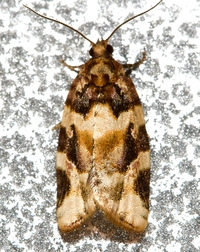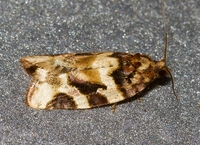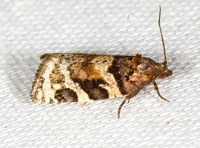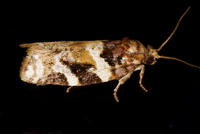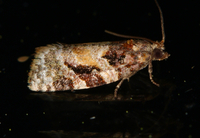
| Recorded by: Jim Petranka on 2025-04-09
Madison Co.
Comment: | 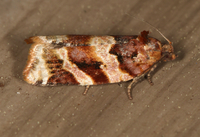
| Recorded by: Jim Petranka on 2025-04-01
Madison Co.
Comment: Adult female. |
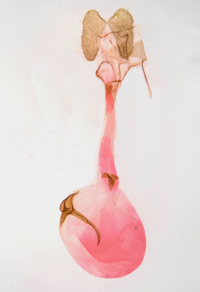
| Recorded by: Jim Petranka on 2025-04-01
Madison Co.
Comment: Female genitalia. | 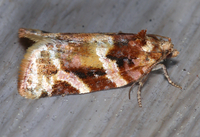
| Recorded by: Jim Petranka on 2025-03-29
Madison Co.
Comment: |

| Recorded by: Jim Petranka on 2025-03-27
Madison Co.
Comment: | 
| Recorded by: Jim Petranka on 2025-03-23
Madison Co.
Comment: |
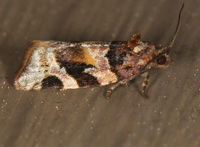
| Recorded by: Jim Petranka on 2025-03-19
Madison Co.
Comment: Adult male. | 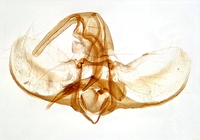
| Recorded by: Jim Petranka on 2025-03-19
Madison Co.
Comment: |
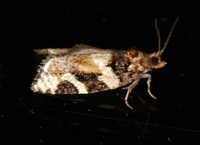
| Recorded by: Jim Petranka on 2024-04-25
Madison Co.
Comment: | 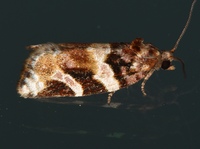
| Recorded by: Jim Petranka on 2024-04-18
Madison Co.
Comment: |

| Recorded by: Jim Petranka on 2024-04-14
Madison Co.
Comment: | 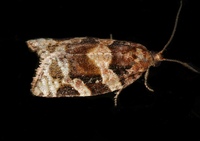
| Recorded by: Jim Petranka on 2024-04-07
Madison Co.
Comment: |
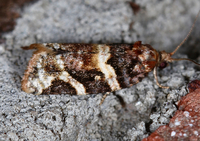
| Recorded by: Jim Petranka on 2024-04-02
Madison Co.
Comment: | 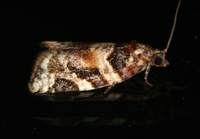
| Recorded by: Jim Petranka on 2024-04-01
Madison Co.
Comment: |

| Recorded by: Emily Stanley on 2024-03-31
Buncombe Co.
Comment: | 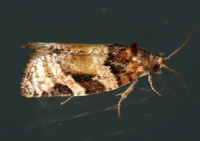
| Recorded by: Jim Petranka on 2024-03-30
Madison Co.
Comment: |
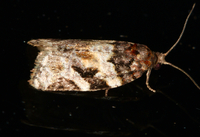
| Recorded by: Jim Petranka on 2023-04-12
Madison Co.
Comment: | 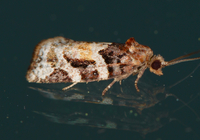
| Recorded by: Jim Petranka on 2023-04-04
Madison Co.
Comment: |
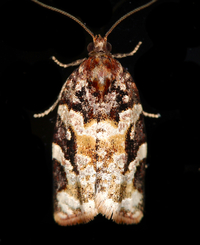
| Recorded by: Jim Petranka on 2023-03-26
Madison Co.
Comment: | 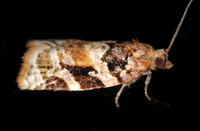
| Recorded by: Jim Petranka on 2023-03-26
Madison Co.
Comment: |

| Recorded by: Jim Petranka on 2022-04-16
Madison Co.
Comment: A worn specimen. | 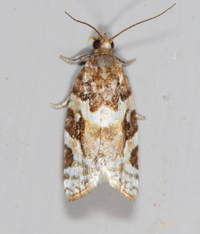
| Recorded by: Jim Petranka on 2022-04-16
Madison Co.
Comment: |

| Recorded by: Jim Petranka on 2022-04-11
Madison Co.
Comment: | 
| Recorded by: Jim Petranka on 2022-04-04
Madison Co.
Comment: |

| Recorded by: Jim Petranka on 2022-03-30
Madison Co.
Comment: | 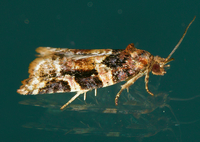
| Recorded by: Jim Petranka on 2022-03-23
Madison Co.
Comment: |
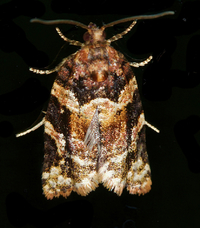
| Recorded by: Jim Petranka on 2022-03-23
Madison Co.
Comment: | 
| Recorded by: Jim Petranka on 2021-04-28
Madison Co.
Comment: |

| Recorded by: Jim Petranka on 2021-04-08
Madison Co.
Comment: | 
| Recorded by: Jim Petranka on 2021-04-06
Madison Co.
Comment: |
|

 »
»